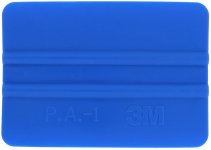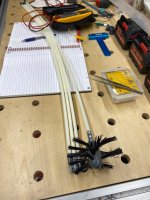Had to replace the washer/dryer this month. The old duct was flexible vinyl. Thought it would be good to update that to rigid metal ducting.
Most of it seems to be coming together fine, but the connection between the dryer and the elbow doesn't seem to be very good. I have put a hose clamp on it and it tightens to a point where I can't turn the screw any further. But, you can still wiggle the elbow off the crimped exhaust if you put a little effort into it.
Am I missing something? The old flex vent clamps very securely, but of course it's much more malleable than the rigid duct. Can I foil tape the connection and call it good, or is that clamp a must-have?
Definitely out of my element in this case, so thanks to anyone who knows.
Most of it seems to be coming together fine, but the connection between the dryer and the elbow doesn't seem to be very good. I have put a hose clamp on it and it tightens to a point where I can't turn the screw any further. But, you can still wiggle the elbow off the crimped exhaust if you put a little effort into it.
Am I missing something? The old flex vent clamps very securely, but of course it's much more malleable than the rigid duct. Can I foil tape the connection and call it good, or is that clamp a must-have?
Definitely out of my element in this case, so thanks to anyone who knows.



